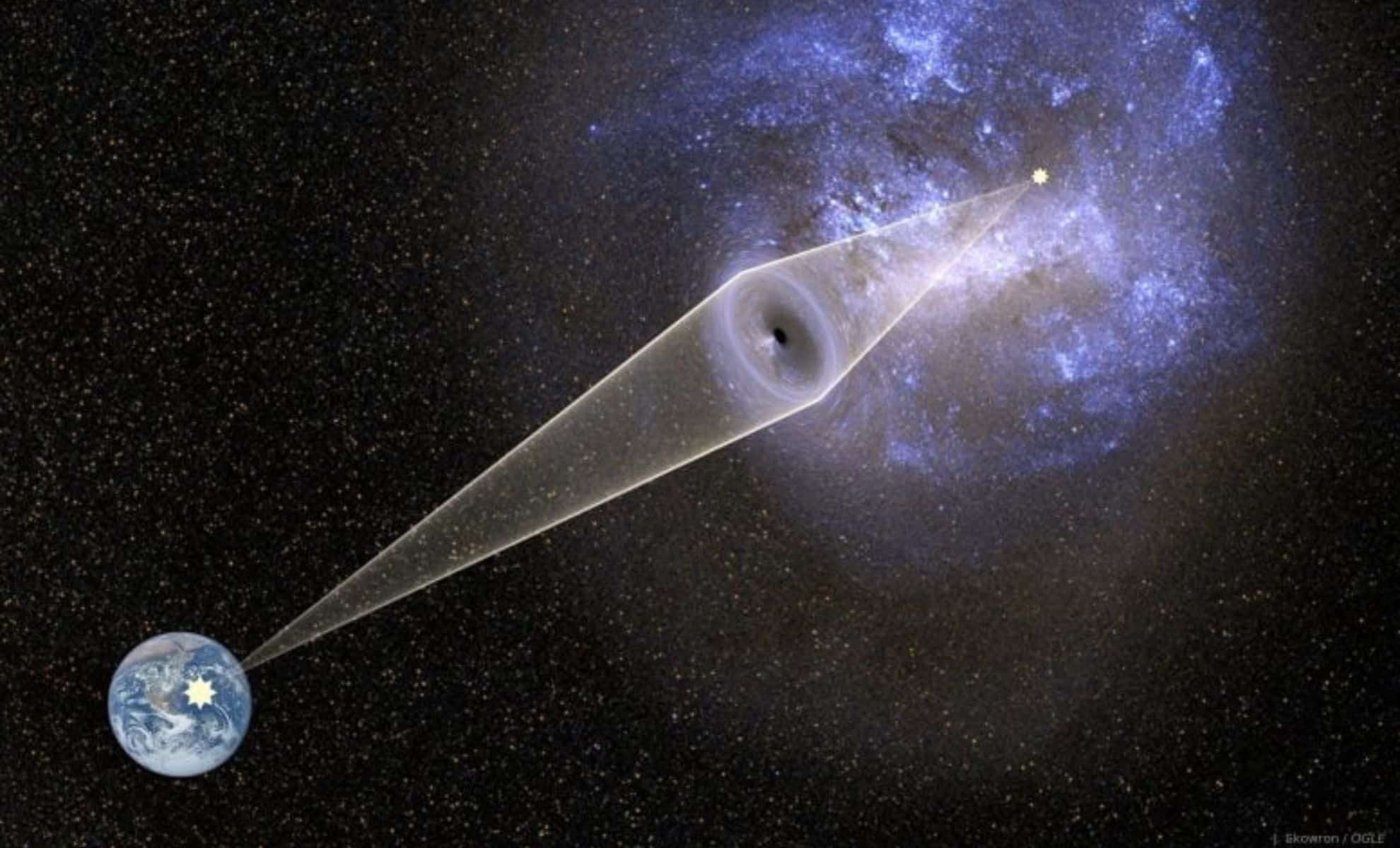Recent studies have dealt a significant blow to the hypothesis that primordial black holes could be responsible for dark matter, shifting the focus of scientific inquiry towards alternative explanations.
Overview of Research
Two key studies have investigated this possibility primordial black holes, which is thought to have formed in the early universe, could be a major component of dark matter. The research, published in Nature and Astrophysical Journal Supplement Seriesincluded nearly two decades of observations by scientists from Optical Gravitational Lensing Experiment (OGLE) at the Astronomical Observatory of the University of Warsaw.
These long-term observational studies have provided an extensive data set that offers the most comprehensive photometric star tracking in The Large Magellanic Cloud to date. “This data set provides the longest, largest and most precise photometric observations of stars in the Large Magellanic Cloud in the history of modern astronomy,” said Prof. Andrzej Udalski, principal investigator of the OGLE survey.
Microlensing techniques and findings
The OGLE survey used gravitational microlensing to detect black holes in Milky way halo. According to Einstein’s theory of general relativity, massive objects can bend and magnify light from distant stars, creating a microlensing effect.
The duration of these events depends on the weight of the lens black holes creating long-lasting effects. Microlens action according to solar mass objects they usually last a few weeks, while black holes, which are 100 times more massive than the Sun, last for years.
The researchers expected to find hundreds microlensing events if primordial black holes were a significant component dark matter. However, only 13 events were detected, and detailed analysis showed that they could be explained by known stellar populations rather than black holes.
“If all the dark matter in the Milky Way was composed of black holes with 10 solar masses, we should detect 258 microlensing events,” explained Dr. Przemek Mróz from the Astronomical Observatory of the University of Warsaw. “For 100 solar-mass black holes, we expected 99 microlensing events. For 1000 solar-mass black holes – 27 microlensing events.” The stark difference between the expected and observed events led to the conclusion that massive black holes can represent at most a few percent of dark matter.
Implications for dark matter research
The findings significantly constrain the role of primordial black holes in the dark matter equation. Black holes 10 times the mass of the Sun can make up only a small fraction of the total dark matter content of the universe. Detailed calculations prove this black holes of 10 masses of the Sun can make up no more than 1.2% of dark matter, 100 solar mass black holes – 3.0% and 1000 solar mass black holes – 11%. “Our observations suggest that primordial black holes cannot form a significant fraction of dark matter and at the same time explain the observed black hole merger rates measured by LIGO and Virgo,” said Prof. Udalsky.
This prompts scientists to explore other potential candidates dark matter, such as unknown elementary particles or other exotic objects. Despite decades of research, no experiment has been found, including those performed with the Large Hadron Collider new particles which could explain dark matter. “The nature of dark matter remains a mystery. Most scientists think it is composed of unknown elementary particles,” noted Dr. Walrus. This continued elusiveness underscores the need for innovative approaches and new technologies to unravel the dark matter puzzle.
Future directions and roles of gravitational waves
Since the first detection of gravitational waves from a merging pair of black holes in 2015, the LIGO and Virgo experiments have detected more than 90 such events. These detections revealed that the black holes detected by LIGO and Virgo are typically significantly more massive (20–100 solar masses) than those previously known in the Milky Way (5–20 solar masses). This discrepancy has led to speculation that they could be primordial black holes. “Explaining why these two populations of black holes are so different is one of the great mysteries of modern astronomy,” said Dr. Walrus.
One hypothesis suggests that these massive black holes formed in the very early universe from density fluctuations that exceeded a critical threshold and collapsed to form black holes. The idea that such primordial black holes could make up a significant portion of dark matter has been the subject of intense study and debate.
However, recent findings suggest that if primordial black holes exist, they represent only a tiny fraction of dark matter, requiring further explanations for the massive black holes detected by gravitational wave observatories. Some theories suggest that these black holes could be the result of the evolution of massive, low-metallicity stars or the merger of less massive objects in dense stellar environments such as globular clusters.
These new findings highlight the complexity of the dark matter problem and the need for continued exploration using a variety of astronomical instruments and methods. Advances in understanding gravitational waves and their sources offer promising avenues for future research, potentially bringing us closer to solving one of the universe’s deepest mysteries.
